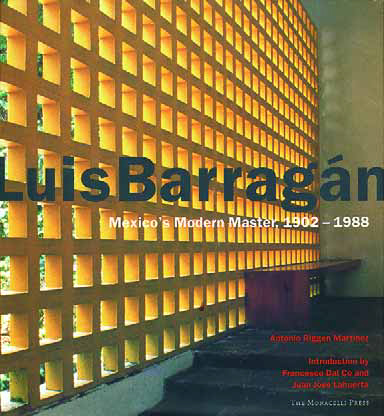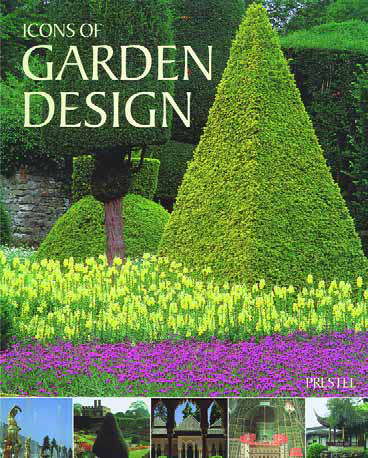inspiration
We've all heard and read how important it is to study the achievements of our predecessors in watershape design and engineering. Indeed, exploring these historic works is vital for the role it plays in emboldening our sense of artistic tradition and inspiring our creativity by offering rich galleries of design ideas. When considering Villa d'Este in such light - its extraordinary architecture, otherworldly gardens and daring watershape designs - it's easy to see why this grand estate is so important to us now. It's widely considered to be the most significant residence surviving from the Renaissance and has every right to claim to be the most beautiful and influential as well. Surely there's no substitute for traveling there and lingering with eyes wide open, but even from afar, we can and should turn to this amazing estate as a source of artistic inspiration and, in many respects, as a technical blueprint. A COMPREHENSIVE PROGRAM These days, most of us are more familiar with Bellagio than we are with Villa d'Este, upon which the spectacular Las Vegas hotel was patterned. Even with
Last year at about this time, we ran a sequence of articles on watershapes of historic or monumental importance. These included such spectacular installations as the fountains and pools of
The Pacific Northwest is full of spectacular scenery. From where I live near the Puget Sound, for example, you can see the Olympic range running along a peninsula to the west and the Cascade range off to the east. Looking southeast, Mt. Rainier is a silent, majestic sentinel silhouetted against an ever-changing sky. It's a beautiful place to live and perfect when it comes to design inspiration - especially when your work is creating naturalistic gardens and watershapes. One of the most spectacular waterfalls in the entire northwest is just a short drive up Interstate 90 from me, a place called Snoqualmie Falls. Local hiking trails are dotted by scores of perennial waterfalls that cascade down mountainsides. For me, there is nothing more refreshing than clambering up a steep grade and rounding the corner to find a misty, shady waterfall. It invigorates the soul and encourages one and all to keep climbing in the hope of seeing even more spectacular scenery. The attractions of nature and its inherent beauty are much enjoyed by people who live around here. In recent years, I've seen a trend toward bringing slices of that grandeur down to a residential scale in gardens that use water in motion as a key feature. It's the water that
I have a confession to make: I've never really been much interested in art. That may seem surprising coming from someone who has a degree in landscape architecture and has dedicated a career to design. Fact is, I was never exposed to different types of art or to art history in any serious way: My high school didn't offer it, my family wasn't big on it and my landscape-architecture curriculum didn't require it. This never really bothered me, and the fact that nobody seemed to care
I envy landscape architects and designers and your involvement in the design of everything from small, intimate residential spaces to sweeping acreage intended for public use. This creation of "exterior spaces for human occupation," as some have called it, is a
Back in June 2000, WaterShapes publisher Jim McCloskey and I traveled to Montecito, Calif., to have a look at a project being installed by our friend Mark Holden. Just the drive up the long private road from sea level to
The watergardening business has exploded in North America in the past few years - so much so that it's easily the fastest-growing segment of the watershaping industry. This wave of interest in naturalistic watershapes means that hundreds of people new to the craft of pond and stream building are now out there, working on all sorts of residential and even a few commercial projects. Some of these are landscape contractors working with water in a significant way for the very first time. Others are pool contractors who've
One of the first books about landscape architecture I ever read was Gardens Are for People by Thomas Church, a designer justly famous for changing the way exterior spaces are treated today - especially in the residential environment. This book was first published in 1953, but a second edition (published in 1983 by Reinhold Publishing Corp.) is still widely available in bookstores and on the Internet. The 250-plus-page book traces Church's long career, which started in California in the 1930s and lasted through the late '70s and almost to his death in 1978. His great gift was taking the art of landscape architecture and applying it to the masses. Before him, landscape architecture was





















